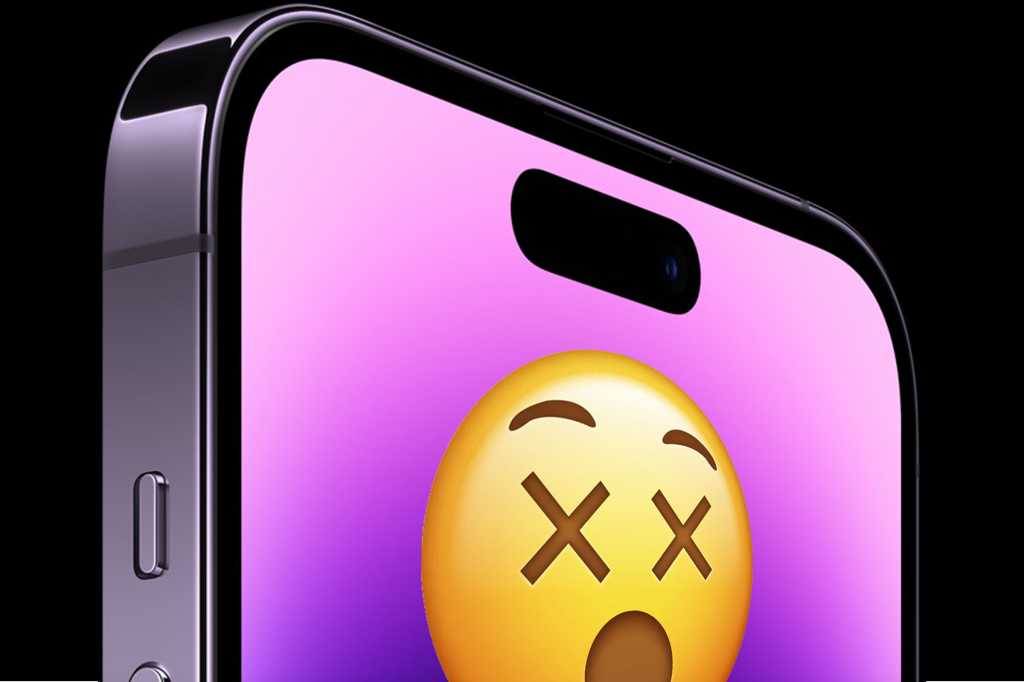The AI era and the dead internet
So how did the AI era really begin? Long before everyone was throwing “AI” into conversation, the groundwork was being laid. We built systems that could recognize patterns, then we fed them endless data to make them smarter. Machine learning was the buzzword, training algorithms to improve as they processed more examples. We taught the machines our language, our preferences, our habits. What we clicked, what we scrolled past, what we lingered on — all of it became training data.
For years, this work was mostly invisible, humming in the background of search engines, ad networks and recommendation systems. But the data kept compounding and the machines kept getting better at reflecting us back to ourselves. By the time AI started showing up in headlines with Google’s DeepMind beating the Go world champion in 2016 and platforms quietly weaving deep learning into everything, the shift was already well underway.
It was also around this time that a strange idea began circulating in forums and fringe corners of the internet: the “Dead Internet Theory.” The claim was that much of what we saw online wasn’t real anymore. It was bots, spam farms, recycled posts and automated filler.

